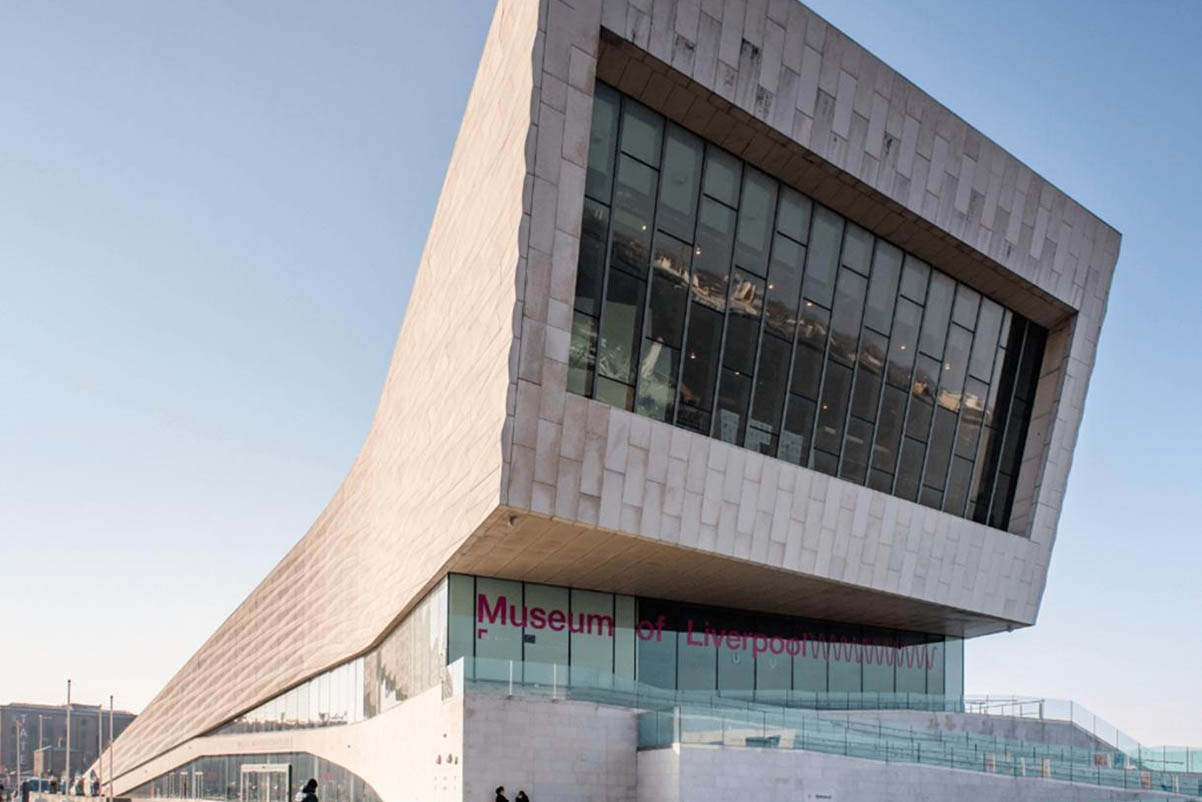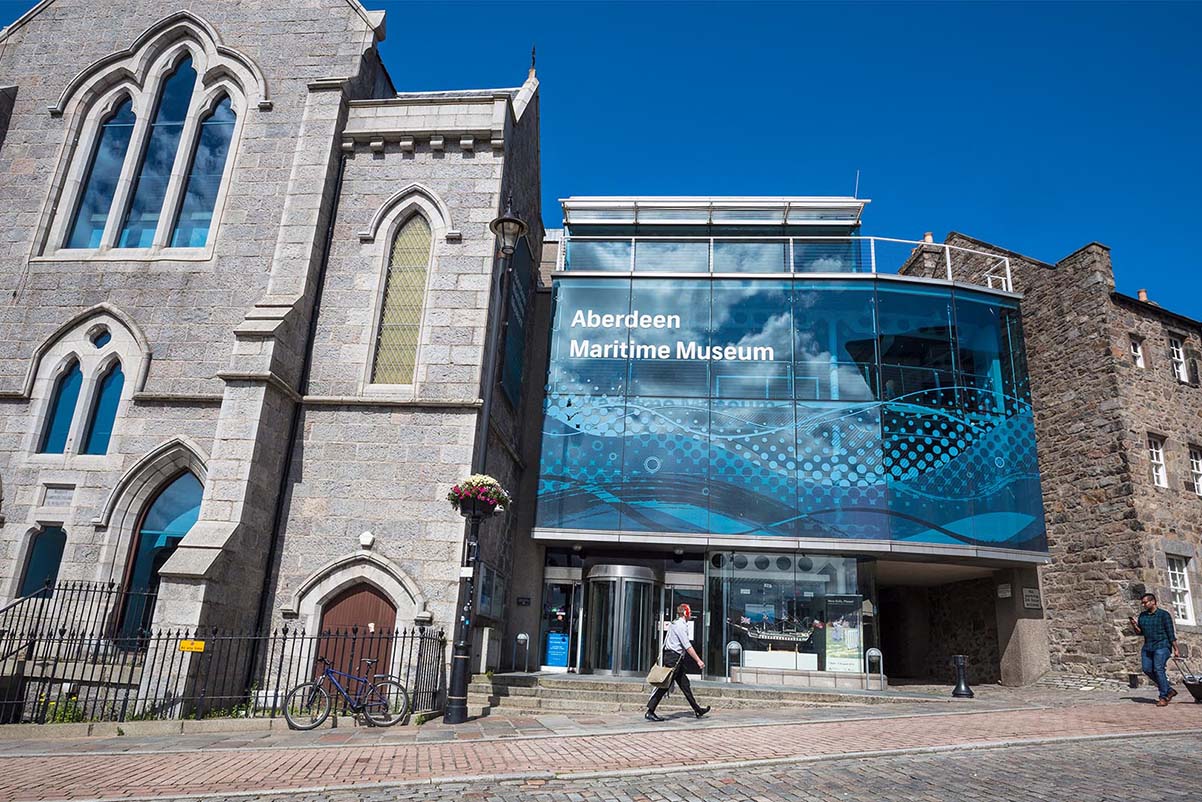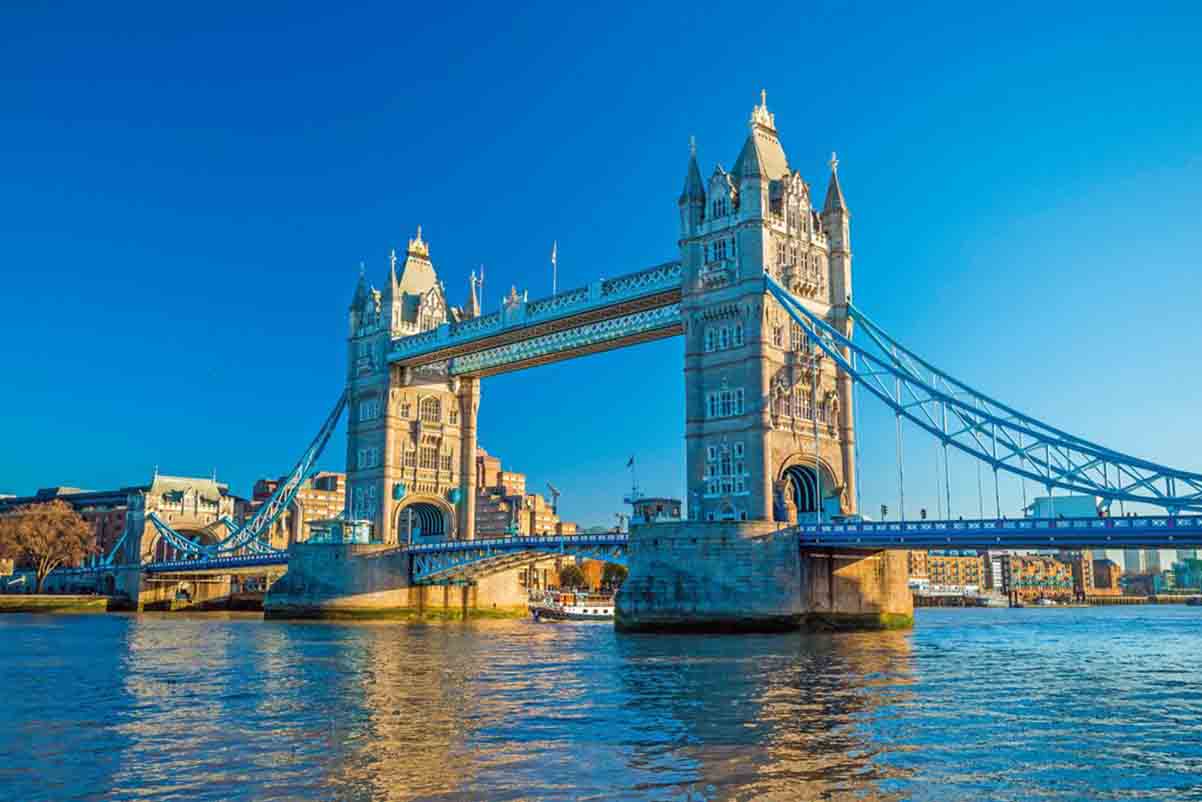Liverpool, a city renowned for its vibrant culture and rich history, offers a treasure trove of museums and art galleries that are not only educational but also profoundly enriching for any visitor. My journey through Liverpool’s museums and art galleries was a captivating exploration of the city’s diverse heritage. Join me as I delve into the fascinating world of Liverpool’s cultural landmarks, each offering a unique glimpse into the past, present, and future of this dynamic city.
1.Discovering the Liverpool Museum: Tracing the Maritime Legacy
Stepping into the Liverpool Museum at the iconic Albert Dock was like entering a portal to Liverpool’s illustrious maritime past. As I crossed the threshold, I was immediately enveloped in the rich tapestry of history that defines this vibrant city. The museum’s exhibits offered a captivating journey through Liverpool’s evolution from a bustling port to a cultural hub, with each artifact and display painting a vivid picture of its maritime legacy.
The Liverpool Museum is not merely a collection of artifacts but a meticulously curated narrative of Liverpool’s maritime history. The galleries are arranged chronologically, starting from the city’s humble beginnings as a trading port in the medieval era to its zenith during the Industrial Revolution. Models of ancient ships and interactive displays vividly brought to life the daily struggles and triumphs of sailors and dockworkers who once populated these bustling docks.
One of the museum’s standout features was the Titanic exhibition, a poignant tribute to the tragic fate of the legendary ship. As I walked through the exhibition, I couldn’t help but feel a deep sense of reverence for the lives lost and the stories untold. The artifacts recovered from the wreckage, including personal belongings and remnants of the ship itself, served as powerful reminders of the human cost of this maritime disaster. The exhibition seamlessly blended historical facts with personal anecdotes, offering visitors a comprehensive understanding of the Titanic’s enduring legacy in Liverpool’s maritime narrative.
The museum’s dedication to preserving and presenting Liverpool’s maritime heritage was evident in every detail. From the meticulously restored dockside warehouses that now house the exhibits to the engaging multimedia displays that transported me back in time, every aspect of the Liverpool Museum was designed to educate, inspire, and provoke contemplation.
Beyond the artifacts and exhibitions, the Liverpool Museum also celebrated the city’s role in global trade and cultural exchange. The galleries dedicated to Liverpool’s connections with the Caribbean, Africa, and beyond showcased the city’s multicultural fabric and its enduring impact on the world stage. Interactive maps and audiovisual presentations provided deeper insights into Liverpool’s global reach and the complex dynamics of trade, migration, and cultural exchange that shaped its identity.
2.Immersing in Art at the Walker Art Gallery: A Feast for the Senses
A short stroll from the Liverpool Museum brought me to the Walker Art Gallery, a sanctuary for art aficionados nestled in the heart of Liverpool. As I stepped through its majestic entrance, I was greeted by an atmosphere steeped in history and creativity. The Walker Art Gallery’s reputation preceded it, known not only for its extensive collection but also for its role in shaping Liverpool’s cultural landscape.
The gallery’s interior was a testament to its storied past and commitment to preserving artistic excellence. Ornate ceilings soared above me as I ventured into its grand halls, each adorned with masterpieces that span centuries of artistic expression. The collection boasted works from some of the most celebrated artists in history, including J.M.W. Turner, Dante Gabriel Rossetti, and Thomas Gainsborough, whose paintings hung eloquently on the walls.
One of the highlights of my visit was the gallery’s renowned Pre-Raphaelite collection. This movement, born out of a desire to return to the purity and sincerity of medieval art, captivated me with its vivid colors, meticulous detail, and romantic narratives. Paintings by artists such as John Everett Millais and William Holman Hunt transported me to a world of enchanting myths and timeless beauty, each canvas a testament to the Pre-Raphaelites’ quest for artistic truth.
As I wandered from one gallery to the next, I couldn’t help but admire the diversity of the Walker Art Gallery’s collection. From classical portraits and landscapes to contemporary sculptures and decorative arts, the gallery offered a comprehensive journey through the evolution of artistic styles and techniques. Every corner revealed a new discovery, whether it was a delicate porcelain vase or a striking bronze sculpture, each piece meticulously curated to showcase Liverpool’s rich artistic heritage.
Beyond its permanent collection, the Walker Art Gallery also hosted rotating exhibitions that embraced contemporary trends and experimental forms of art. These temporary displays added a dynamic dimension to my visit, offering fresh perspectives and insights into the ever-evolving world of art. From avant-garde installations to multimedia experiences, these exhibitions encouraged dialogue and reflection, reinforcing Liverpool’s reputation as a hub of artistic innovation.
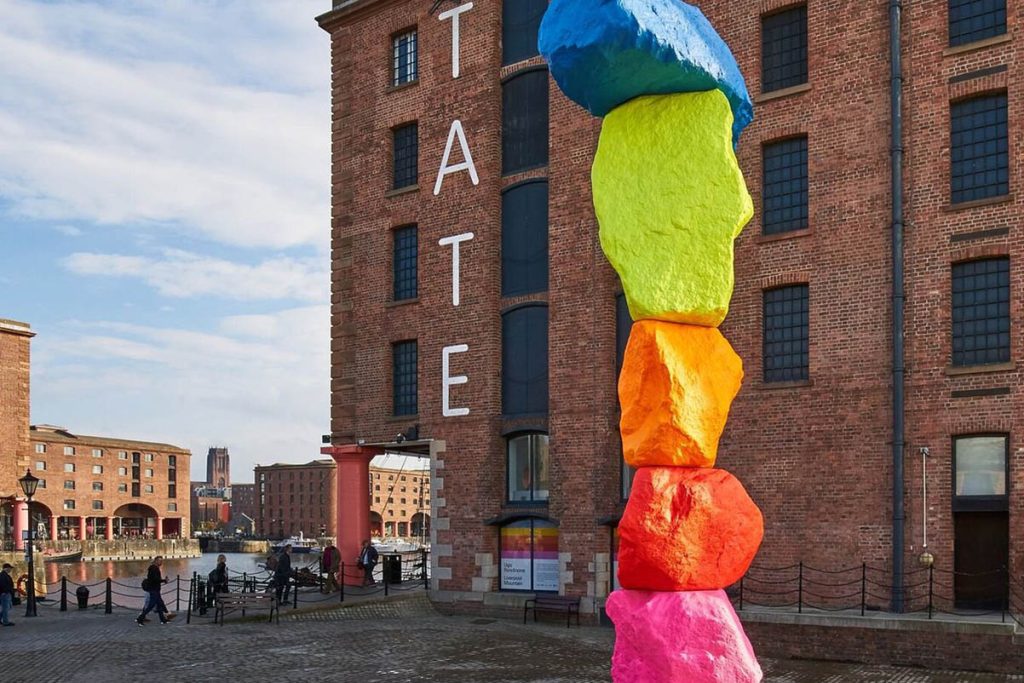
3.Exploring Tate Liverpool: Contemporary Art on the Waterfront
A visit to Tate Liverpool along the picturesque waterfront is an essential part of exploring Liverpool’s vibrant cultural scene. As I approached this branch of the renowned Tate gallery, I was struck by its modern architecture juxtaposed against the historic docks, creating a setting that seamlessly blends past and present.
Entering Tate Liverpool, I was immediately immersed in a world of contemporary art that challenges conventions and sparks thought-provoking dialogue. The gallery’s expansive spaces were filled with a diverse array of artworks—from bold multimedia installations that engaged all senses to avant-garde sculptures that pushed the boundaries of traditional art forms. Each piece seemed to invite contemplation and interpretation, reflecting the dynamic and innovative spirit of Liverpool’s artistic community.
One of the hallmarks of Tate Liverpool is its commitment to showcasing both established and emerging artists from around the globe. The gallery’s rotating exhibitions ensure that every visit offers a fresh perspective and a new encounter with the cutting edge of contemporary art. I had the privilege of experiencing exhibitions that explored themes ranging from social justice and environmental issues to personal narratives and cultural identity. Each exhibition was meticulously curated to provoke thought and evoke emotions, demonstrating Liverpool’s role as a catalyst for modern artistic expression.
One of the most memorable exhibitions I encountered was a multimedia installation that transformed the gallery space into a sensory journey through light, sound, and interactive elements. Visitors were encouraged to engage with the artwork on a visceral level, blurring the lines between observer and participant. Another striking display featured avant-garde sculptures that challenged traditional notions of form and material, pushing the boundaries of artistic innovation.
Beyond its exhibitions, Tate Liverpool also fosters a vibrant community of artists, scholars, and enthusiasts through its educational programs, workshops, and public events. These initiatives not only enrich the visitor experience but also nurture creativity and encourage dialogue about the role of art in contemporary society. Whether attending a curator-led tour, participating in a hands-on workshop, or simply engaging in conversation with fellow art enthusiasts, Tate Liverpool offers opportunities for deeper engagement and exploration.
4.Diving into History at the International Slavery Museum: Confronting the Past
Located within the Merseyside Maritime Museum, the International Slavery Museum in Liverpool stands as a solemn testament to one of humanity’s darkest periods—the transatlantic slave trade. As I entered the museum, I was immediately struck by its somber yet dignified atmosphere, a poignant reflection of the weighty subject matter it addresses.
The museum’s exhibits are meticulously curated to provide a comprehensive understanding of Liverpool’s deep involvement in the transatlantic slave trade. Through artifacts, documents, and multimedia presentations, the museum chronicles the journey of enslaved Africans from capture and transport to the brutal conditions endured on plantations in the Americas. The sheer scale and horror of the trade became palpable as I explored the exhibits, each one revealing the human cost of greed and exploitation.
One of the most powerful aspects of the International Slavery Museum is its emphasis on personal narratives. Letters, diaries, and accounts from enslaved individuals and abolitionists offered intimate glimpses into their lives, struggles, and resilience in the face of unimaginable adversity. These firsthand stories humanized the statistics and underscored the enduring legacy of slavery on both sides of the Atlantic.
The museum also delves into Liverpool’s economic and social landscape during the height of the slave trade, illustrating how the city prospered from the commerce of human lives. Models of slave ships, alongside accounts of Liverpool’s prominent role as a hub for the trade, provided a stark reminder of the city’s complex history and its lasting repercussions.
Despite its challenging subject matter, the International Slavery Museum is not solely focused on despair and suffering. It also highlights stories of resistance and resilience, celebrating the courage of those who fought against slavery and campaigned for its abolition. Exhibits dedicated to abolitionists such as William Wilberforce and Olaudah Equiano showcased their tireless efforts to end the transatlantic slave trade and promote human rights.
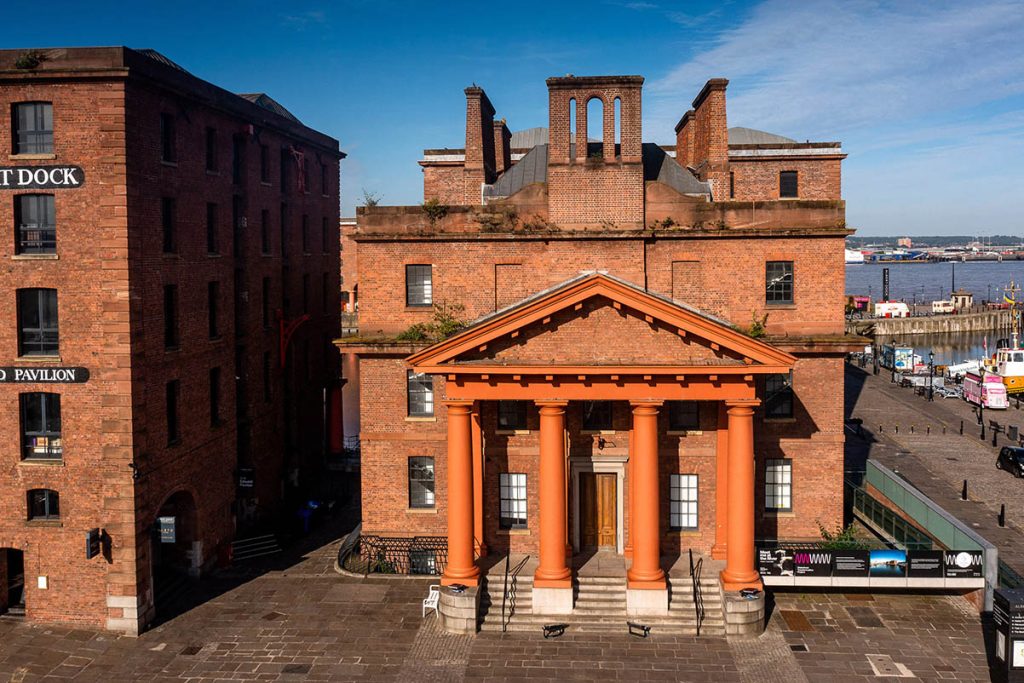
5.Embracing Liverpool’s Cultural Kaleidoscope
My journey through Liverpool’s museums and art galleries was a profound exploration of the city’s multifaceted identity. Each museum and gallery offered a unique lens through which to view Liverpool’s past, present, and future, weaving together narratives of triumph and tribulation, creativity and resilience. From the majestic maritime history at the Liverpool Museum to the avant-garde exhibitions at Tate Liverpool, every encounter deepened my appreciation for Liverpool’s cultural richness.
Whether you’re a history buff, art aficionado, or simply curious traveler, Liverpool’s museums and art galleries promise a captivating journey through time and creativity. As I reflect on my experiences, I am reminded that the true essence of Liverpool lies not only in its iconic landmarks and vibrant culture but also in the stories they tell and the emotions they evoke. Join me in embracing Liverpool’s cultural kaleidoscope—a city where every visit is an opportunity to discover something new, something inspiring, and something uniquely Liverpool.
